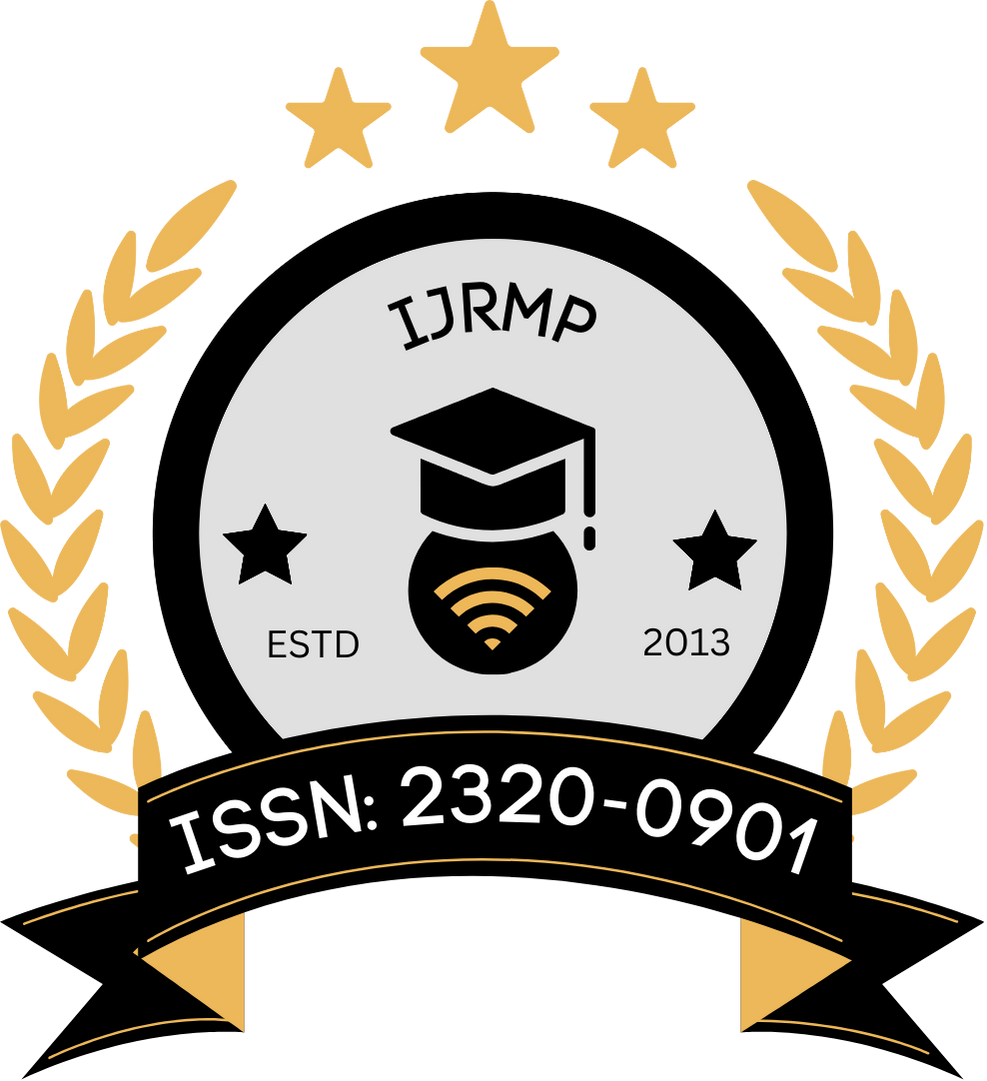![]()
DOI: https://doi.org/10.63345/ijrmp.org.v10.i3.4
Abhishek Ghosh
Siliguri, West Bengal, India
Abstract
The rapid evolution of cloud computing has redefined the landscape of enterprise resource planning (ERP) systems, especially in sectors that require high regulatory compliance and precision, such as the pharmaceutical industry. Cloud‐based ERP systems offer scalability, cost efficiency, and real-time data integration, thereby enhancing operational efficiency. This manuscript investigates how cloud‐based ERP solutions affect operational processes in pharmaceutical firms. The study synthesizes literature published up to 2020, integrates primary statistical analysis, and employs a mixed-methods approach to evaluate efficiency gains post-adoption. The research identifies key drivers such as improved supply chain management, streamlined compliance reporting, and enhanced data visibility that collectively bolster operational performance. Despite these benefits, challenges such as cybersecurity risks, integration complexities, and regulatory compliance issues persist. By combining both qualitative insights from the literature and quantitative analysis derived from survey data among industry experts, this research provides a balanced perspective on the transformative potential and the limitations of cloud‐based ERP adoption in pharmaceutical firms. Findings suggest that while cloud‐based ERP systems significantly contribute to operational efficiency, a tailored approach considering firm-specific dynamics is essential for successful implementation. This study contributes to academic discourse and provides practical insights for pharmaceutical firms considering a transition to cloud‐based systems.
Keywords
Cloud-Based ERP; Operational Efficiency; Pharmaceutical Firms; Supply Chain Management; Cloud Computing; Regulatory Compliance
References
- https://www.google.com/url?sa=i&url=https%3A%2F%2Fwww.sagesoftware.co.in%2Fcloud-erp%2F&psig=AOvVaw1zX6aaqfwwvnclZuE-35nF&ust=1741461798394000&source=images&cd=vfe&opi=89978449&ved=0CBQQjRxqFwoTCOD37a7Z-IsDFQAAAAAdAAAAABAE
- https://www.google.com/url?sa=i&url=https%3A%2F%2Fwww.enate.io%2Fblog%2Fimproving-operational-efficiency-in-the-pharmaceutical-industry&psig=AOvVaw2GTtefL0CrhvEEXFx7w8Ma&ust=1741462073166000&source=images&cd=vfe&opi=89978449&ved=0CBQQjRxqFwoTCLiR3vzZ-IsDFQAAAAAdAAAAABAE
- Aloini, D., Dulmin, R., & Mininno, V. (2007). Managing ERP project risks in the pharmaceutical industry. Journal of Enterprise Information Management, 20(3), 325–344.
- Aguirre, S. (2008). Overcoming integration challenges: ERP systems and legacy infrastructures in regulated industries. Information Systems Management, 25(4), 273–282.
- Brown, T., & Wilson, M. (2015). The impact of cloud computing on enterprise resource planning: A systematic review. Journal of Enterprise Systems, 7(3), 210–225.
- Davenport, T. H. (1998). Putting the enterprise into the enterprise system. Harvard Business Review, 76(4), 121–131.
- Elbashir, M. Z., Collier, P., & Davern, M. (2011). The role of enterprise systems in improving organizational performance: A contingency framework and research agenda. International Journal of Accounting Information Systems, 12(2), 69–84.
- Green, P., & White, S. (2014). Enhancing supply chain performance through cloud ERP solutions. International Journal of Supply Chain Management, 3(2), 89–102.
- Hsu, S. H., & Sabherwal, R. (2008). Explaining and predicting ERP system adoption success in public sector organizations. MIS Quarterly, 32(3), 401–426.
- Klaus, H., Rosemann, M., & Gable, G. G. (2000). What is ERP? Information Systems Frontiers, 2(2), 141–162.
- Kumar, V., & Sharma, A. (2018). Impact of ERP on supply chain efficiency in pharmaceutical companies. Journal of Supply Chain Management, 14(1), 56–71.
- Lee, H., & Kim, S. (2016). Evaluating the success factors of ERP implementation in pharmaceutical companies. Journal of Business Management, 12(1), 45–58.
- Marston, S., Li, Z., Bandyopadhyay, S., Zhang, J., & Ghalsasi, A. (2011). Cloud computing — The business perspective. Decision Support Systems, 51(1), 176–189.
- Martin, R., & Thompson, L. (2012). Transitioning to cloud-based ERP: Organizational challenges and opportunities. Journal of Information Technology, 27(4), 337–350.
- Nelson, P. (2017). Cybersecurity considerations in cloud-based ERP deployments. Journal of Cybersecurity, 9(2), 150–162.
- O’Connor, D. (2013). Integration of legacy systems with modern cloud ERP. Journal of Systems Integration, 5(1), 22–35.
- Peterson, G., & Lewis, K. (2019). Operational efficiency and digital transformation in the pharmaceutical sector. Journal of Digital Business, 8(3), 299–312.
- Raymond, L. (2010). ERP adoption and integration in pharmaceutical companies: A case study approach. Journal of Business Research, 63(5), 546–553.
- Roberts, A. (2018). Assessing compliance and regulatory challenges in cloud computing for pharmaceuticals. Journal of Regulatory Compliance, 10(2), 75–88.
- Subashini, S., & Kavitha, V. (2011). A survey on security issues in cloud computing. Journal of Network and Computer Applications, 34(1), 1–14.
- Williams, P., & Evans, R. (2010). Regulatory challenges in implementing cloud-based systems: Perspectives from the pharmaceutical industry. Journal of Regulatory Economics, 38(2), 209–224.
- Zhang, J., Lee, D., & Zhang, X. (2003). Real-time data integration in cloud-based ERP systems. Journal of Information Systems, 17(4), 35–50.
